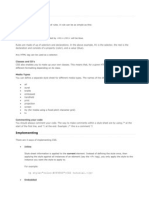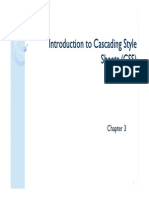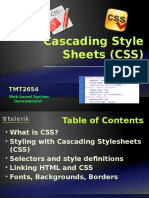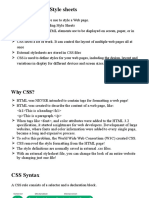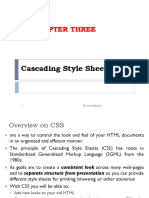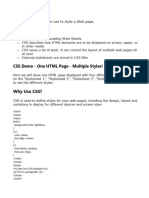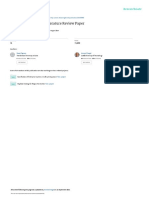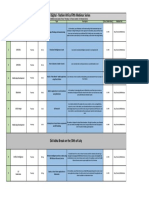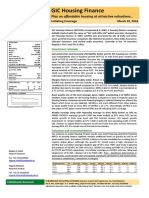0% found this document useful (0 votes)
89 views29 pagesCSS Styles and Selectors Guide
This document discusses Cascading Style Sheets (CSS) which are used to style and lay out web pages. It covers the different types of CSS styles including inline styles, internal styles within the <head> tag, and external styles linked via a <link> tag. It also discusses how multiple styles can apply to elements and the precedence order from highest to lowest of inline, internal, then external styles. Selectors like ID and class selectors are introduced to target specific elements with styles.
Uploaded by
splokbovCopyright
© © All Rights Reserved
We take content rights seriously. If you suspect this is your content, claim it here.
Available Formats
Download as PDF, TXT or read online on Scribd
0% found this document useful (0 votes)
89 views29 pagesCSS Styles and Selectors Guide
This document discusses Cascading Style Sheets (CSS) which are used to style and lay out web pages. It covers the different types of CSS styles including inline styles, internal styles within the <head> tag, and external styles linked via a <link> tag. It also discusses how multiple styles can apply to elements and the precedence order from highest to lowest of inline, internal, then external styles. Selectors like ID and class selectors are introduced to target specific elements with styles.
Uploaded by
splokbovCopyright
© © All Rights Reserved
We take content rights seriously. If you suspect this is your content, claim it here.
Available Formats
Download as PDF, TXT or read online on Scribd
/ 29
